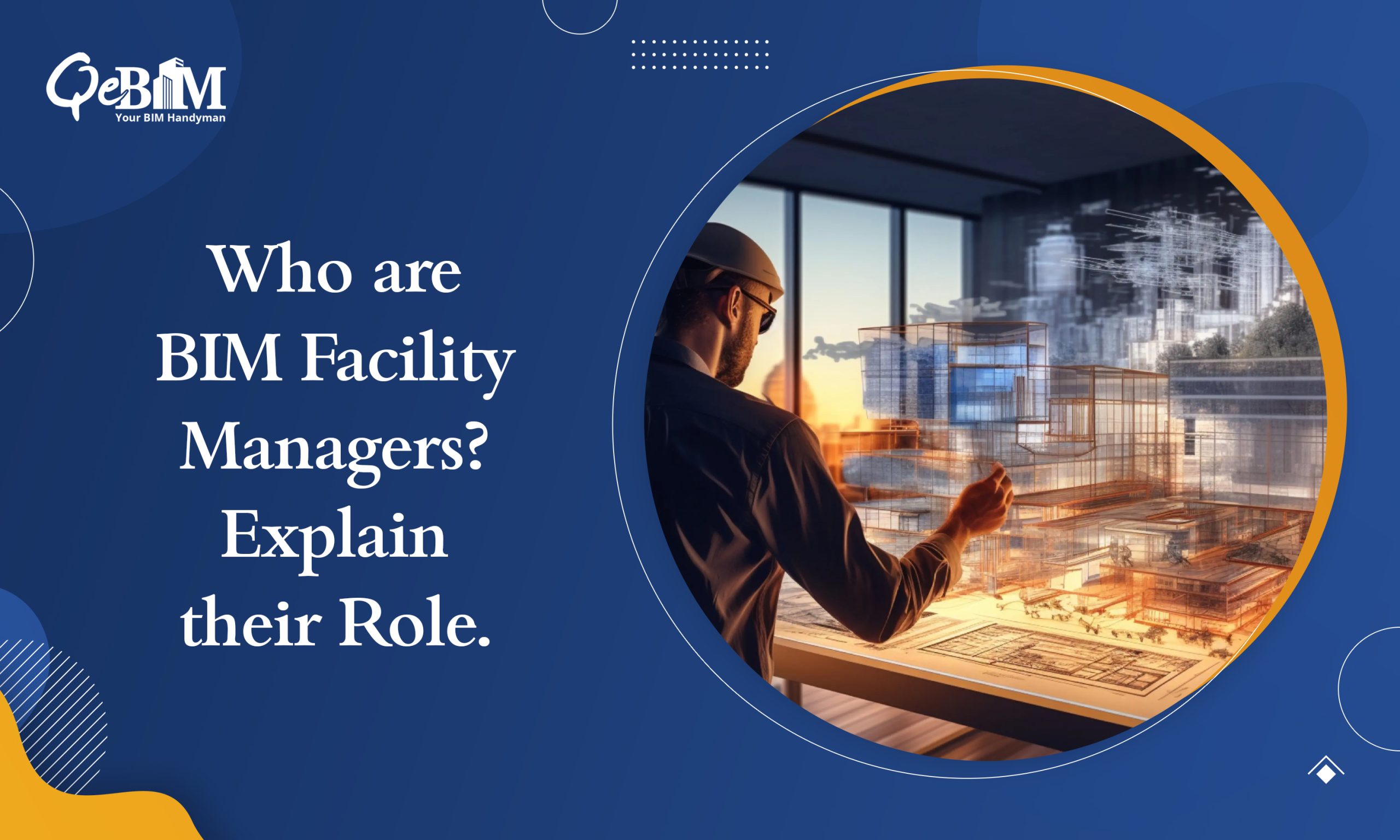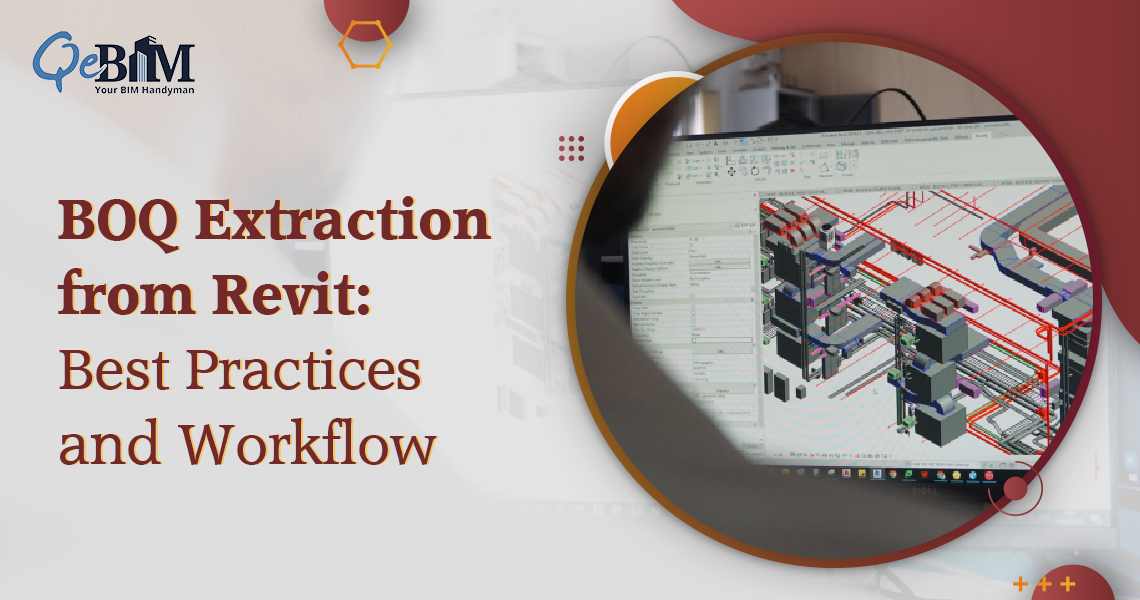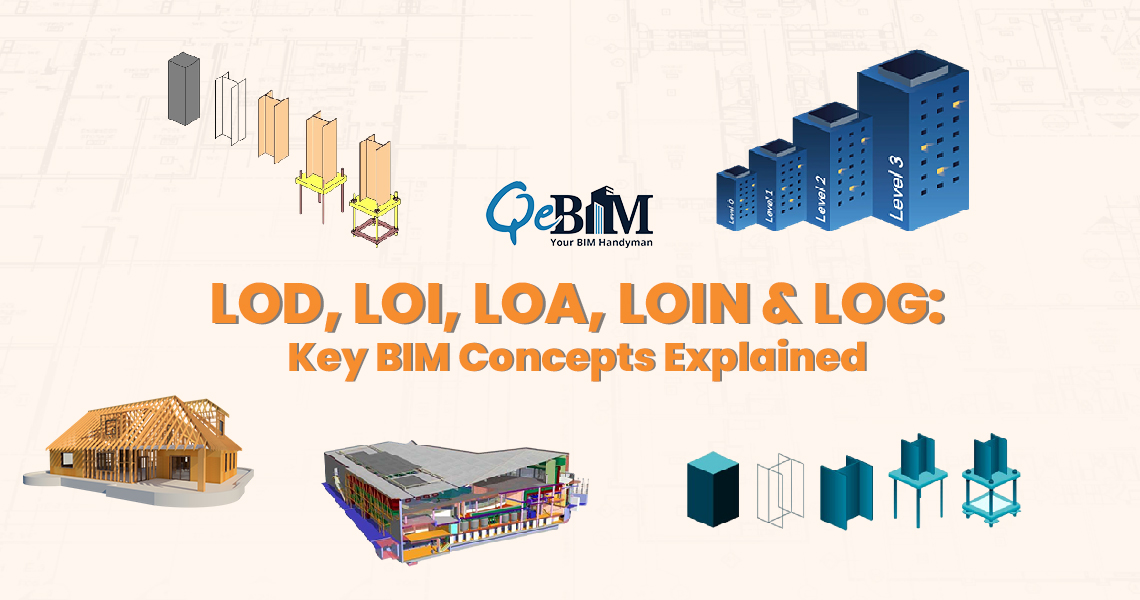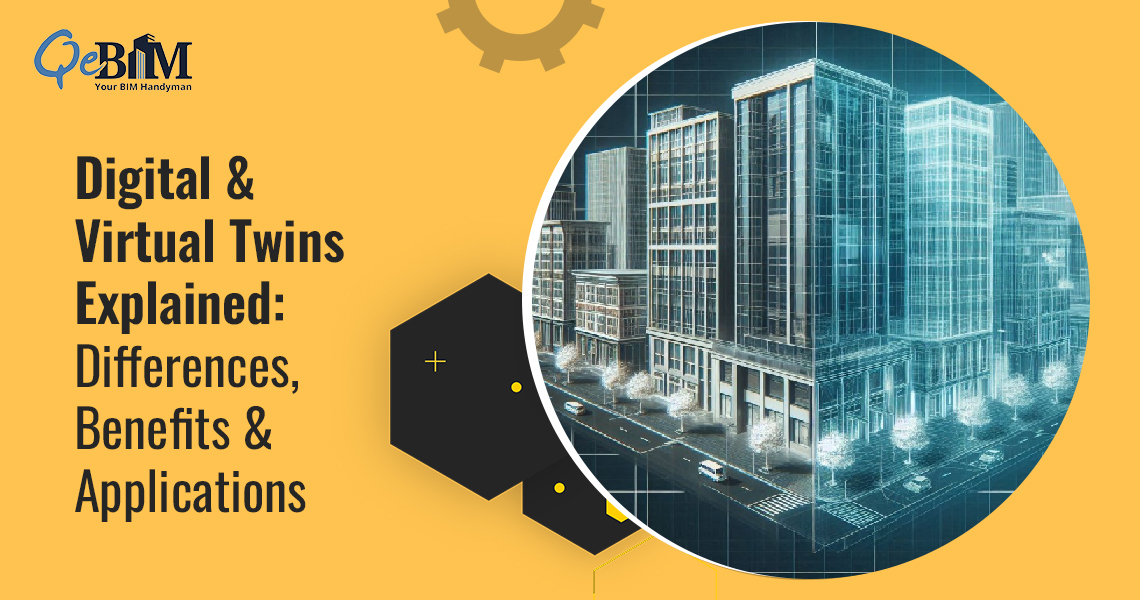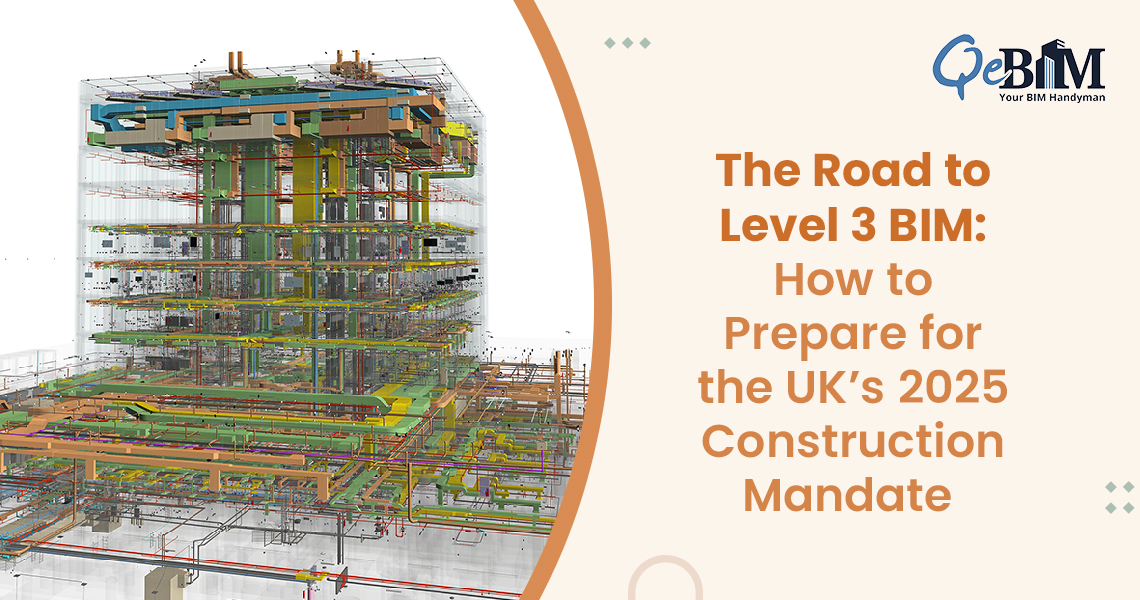In the world of architecture and construction, BIM has emerged as a game-changer. Its use cases are not just limited to design and construction but is also penetrating towards fluent operations and facility management. BIM Facility Managers are the professionals who harness the power of Architectural BIM Services to enhance the efficiency and effectiveness of any building facility. Understanding who these professionals are and the vital role they play can shed light on the future of facility management.
What is BIM?
Before diving into the role of BIM Facility Managers, it is essential to grasp what exactly BIM is. BIM stands for Building Information Model is a 3D illustration of the physical as well as the functional characteristics of any facility. It includes detailed information about the materials, systems, along with the operational data. It is not limited to just simple 3D model but extends towards 4D to 7D. BIM integrates data throughout the building lifecycle right from the design and construction to operation and maintenance thereby making it a crucial tool for managing complex facilities.
Who are BIM Facility Managers?
BIM Facility Managers are the specialized professionals who utilize the BIM technology to oversee and optimize the management of any facilities. They do combine the traditional facility management skills with the advanced BIM tools to streamline the operations, improve maintenance practices as well as enhance the overall building performance. Their expertise lies in using the BIM data to make informed decisions, solve problems and to implement the strategies thereby ensuring that a facility operates efficiently and at its peak.
The Role of BIM Facility Managers
The role of BIM Facility Managers is multifaceted which encompasses various responsibilities. They contribute to the effective management of a facility. Below are the key areas of their role:
- Data Integration and Utilization:
BIM Facility Managers often leverage the comprehensive data embedded in the BIM models to make data-driven decisions. This involves incorporating data from diverse sources, including sensors and IoT devices, into the BIM model. By analyzing this information, they can detect patterns, forecast potential issues, and ultimately enhance the facility’s performance. - Enhanced Maintenance Planning:
Traditional maintenance planning can be reactive which addresses the issues only after they arise. BIM Facility Managers shift this approach to a more proactive model. By using BIM data, they can schedule the maintenance activities based on the real-time conditions and historical performance thereby reducing the downtime as well as extending the lifespan of building systems. - Improved Space Management:
Efficient space management is crucial for maximizing the use of a facility’s space. BIM Facility Managers uses the detailed BIM models to analyse and optimize the space utilization. This includes planning for future expansions, rearranging spaces to meet changing needs as well as ensuring the compliance with the space-related regulations. - Operational Efficiency:
One of the primary goals of facility management is to ensure the operational efficiency. Facility Managers use the BIM tools to monitor and manage the building systems such as HVAC, lighting, and plumbing. By analysing the system performance data, they can identify the inefficiencies and implement the solutions that reduce energy consumption along with operational costs. - Enhanced Communication and Collaboration:
BIM fosters better communication and collaboration among the team. BIM Facility Managers act as a bridge between various teams including architects, engineers, and maintenance staff. They ensure that everyone has access to the most up-to-date information and that any changes to the facility are accurately reflected in the BIM model. - Effective Asset Management:
Efficient asset management is a crucial element of facility management. The Facility Managers use BIM data to keep track of assets, including their location, condition, as well as the maintenance history. This information aids in making well-informed decisions regarding asset replacement, repairs, and upgrades. - Regulatory Compliance and Reporting:
Compliance with regulations and standards is essential for facility management. BIM Facility Managers use BIM models to make sure that the facilities meet all the regulatory/standard needs. They also generate the detailed reports and documentation which are important while inspections and audits. - Disaster Response and Recovery:
In the event of an emergency or any disaster, having access to detailed BIM data can be invaluable. The Facility Managers use the BIM models to plan and execute emergency response strategies including evacuation plans and damage assessments. This capability enhances the facility’s resilience as well as the ability to recover swiftly. - Sustainability and Environmental Management:
As sustainability becomes a higher priority, BIM Facility Managers play a crucial role in implementing green building practices. They use BIM data to analyze and improve energy performance, manage waste, and integrate sustainable materials and systems into facility operations.
Conclusion
BIM Facility Managers are at the forefront of a revolution in facility management. By leveraging the power of 4D to 7D BIM Services, they enhance the data integration, maintenance planning, space management, as well as the overall operational efficiency. Their role bridges the gap between traditional facility management practices and the advanced capabilities of modern technology, driving improvements across all aspects of facility operations.
